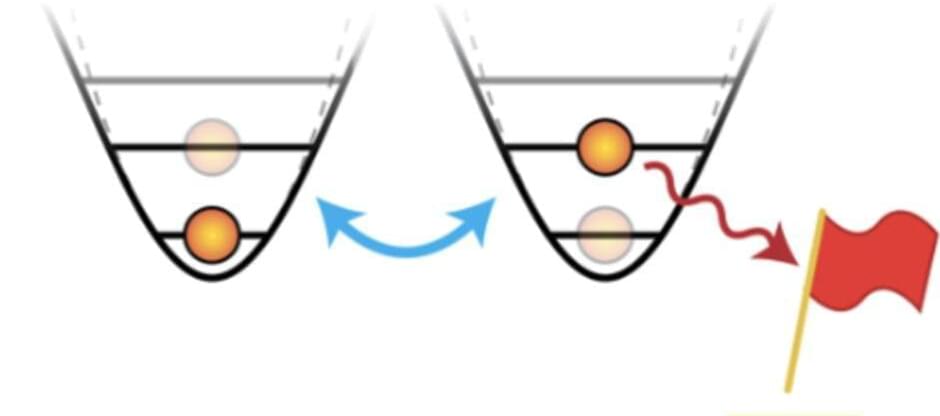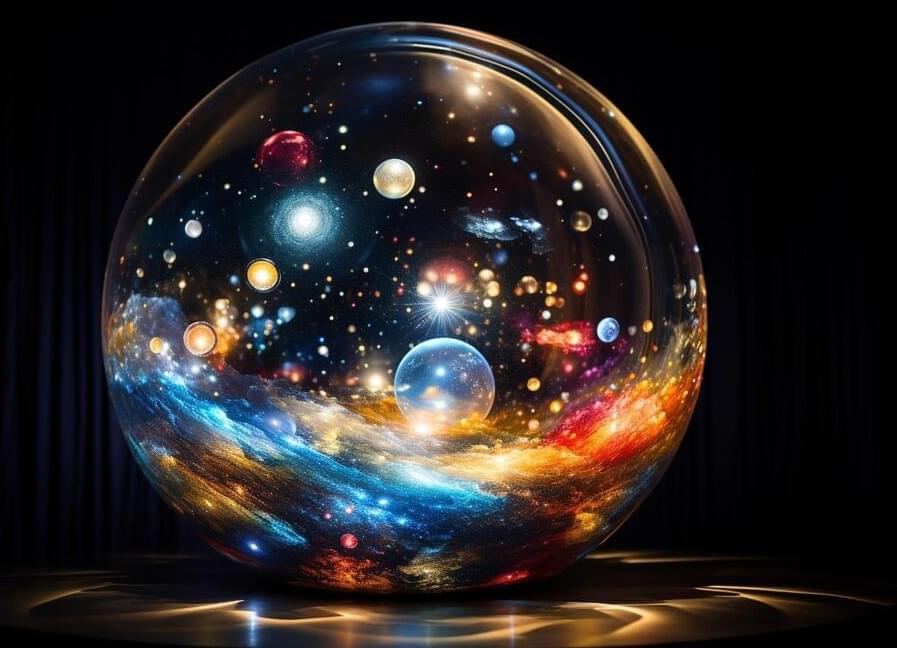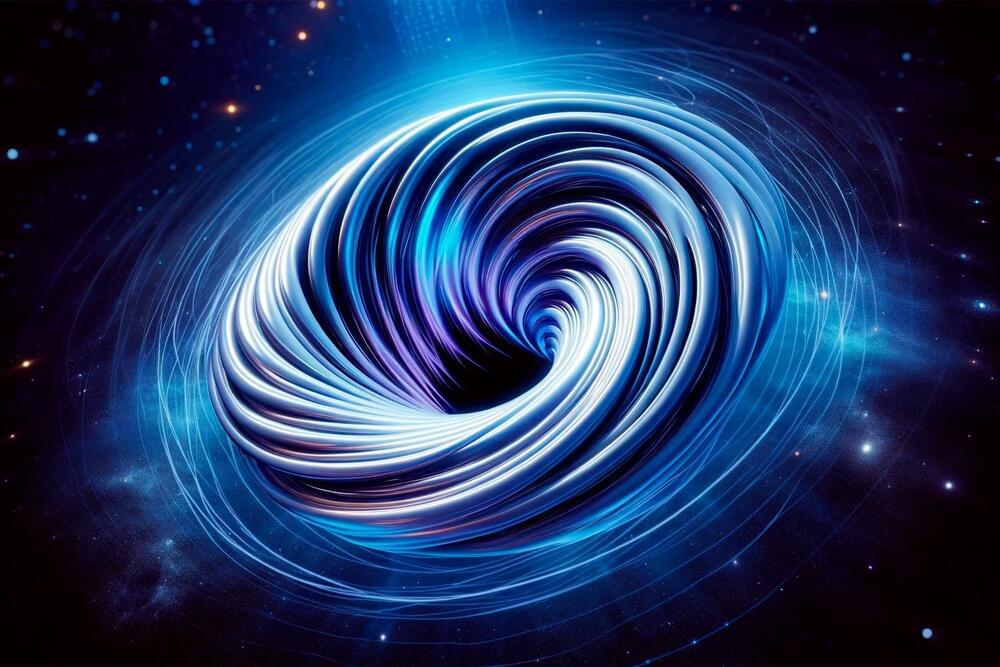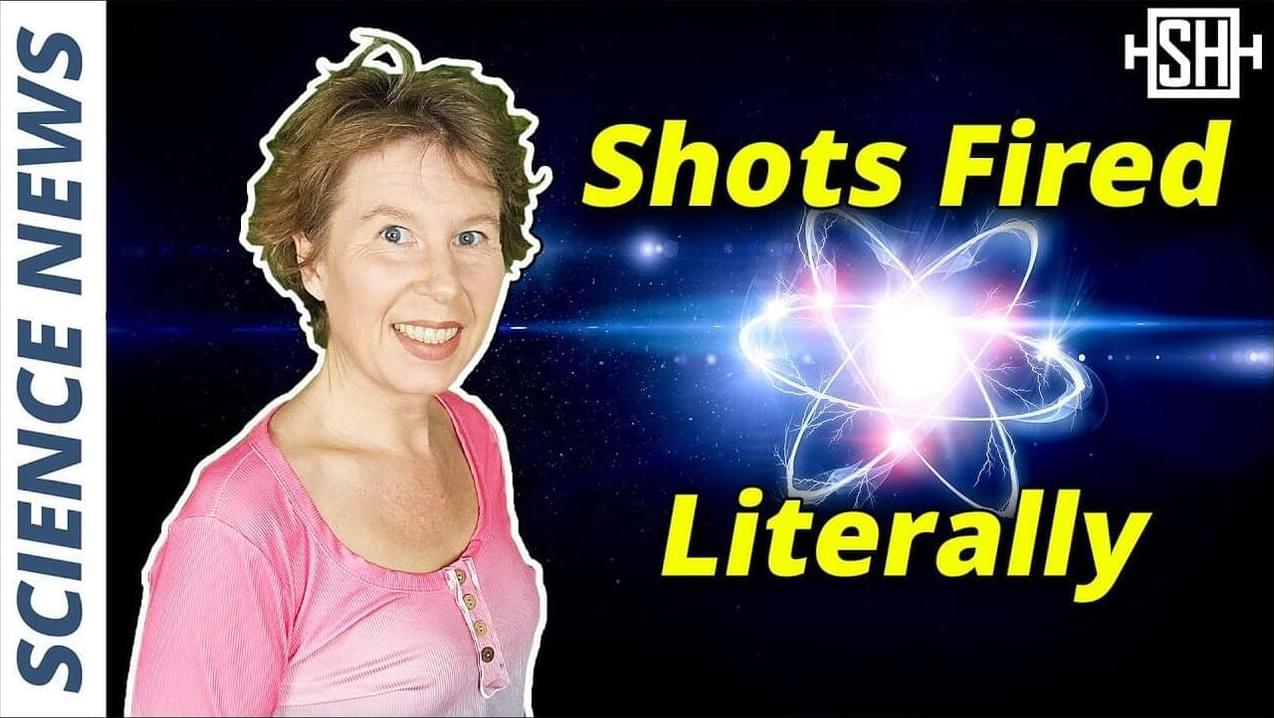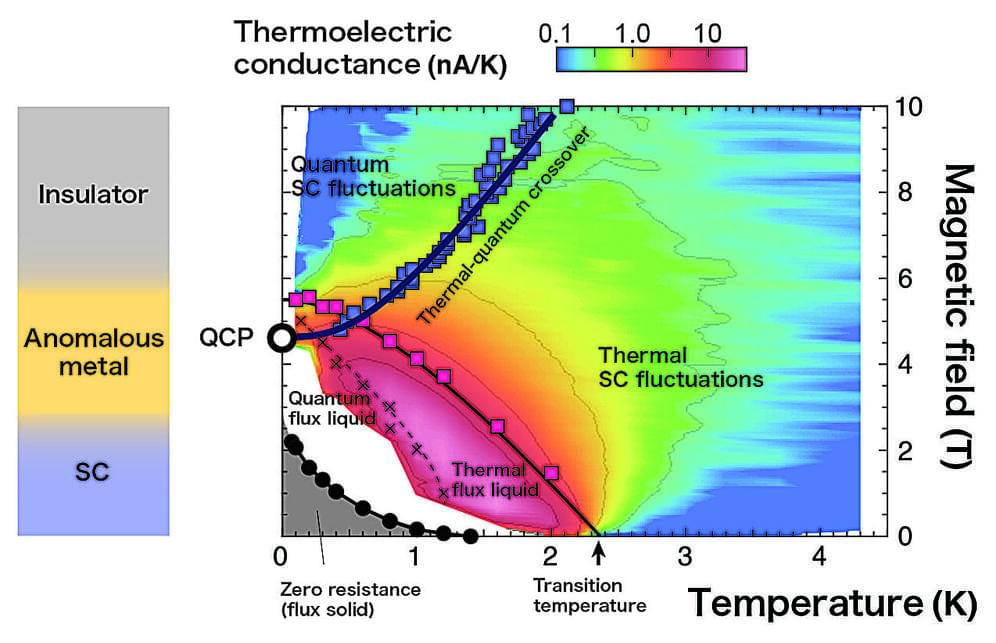Mar 24, 2024
AWS Scientists Report New Qubit Can ‘Flag’ Quantum Errors
Posted by Dan Breeden in categories: computing, quantum physics
In the race to develop powerful quantum computers, one of the biggest roadblocks has been their extreme sensitivity to errors introduced by environmental noise. Even the smallest disturbance can corrupt the delicate quantum states that form the basis of quantum computation.
Now the AWS Center for Quantum Computing team says they may have discovered a promising solution to this hurdle. The researchers report in a blog post that they have designed and demonstrated a new type of quantum bit, or qubit, that converts the majority of errors into a special class known as “erasure errors” – and these errors can be detected and fixed much more efficiently than standard quantum errors.
The team writes: “Quantum error correction is a powerful tool for combating the effects of noise. As with error correction in classical systems, quantum error correction can exponentially suppress the rate of errors by encoding information redundantly. Redundancy protects against noise, but it comes at a price: an increase in the number of physical quantum bits (qubits) used for computation, and an increase in the complexity and duration of computations.”
